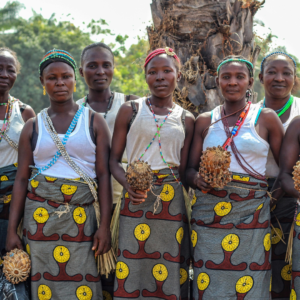A recent study in Madhya Pradesh, India, highlights the critical role of women in driving sustainable development through participation in local governance. Evidence from India shows that legally mandated quotas for women on village councils, combined with low-caste and minority representation, have expanded access to public goods like drinking water. These policies have given women leaders a platform to voice preferences, demand accountability, and influence decision-making, resulting in more equitable and effective community outcomes.
As India faces increasing pressure on groundwater and freshwater resources, responsible community management of water has become crucial. Researchers investigated the impact of women’s participation in experiential learning game workshops on the governance of village dams and reservoirs in 56 villages across Madhya Pradesh. These water sources are vital for irrigation, domestic use, livestock, and fishing but often suffer from neglect, with many communities lacking formal maintenance agreements or bylaws.
In each village, 14 residents who strongly benefited from the local dam participated in a workshop simulating water management dilemmas, followed by broader discussions on governance challenges. Participants were selected by village administration representatives with instructions to include a high share of women, without imposing quotas. The study included residents both with and without leadership roles, and both men and women, enabling analysis of gender composition, leadership, and outcomes. Villages varied in leadership participation, including those with no leaders, only male leaders, only female leaders, and mixed-gender leaders.
The study examined whether female leader participation influenced broader women’s involvement in workshops and whether this translated into improved water management nearly two years later. Surveys measured the establishment of dam management rules and actual dam maintenance over the preceding year. Results showed that villages with only female leaders saw 20.7% more non-leader women participate in workshops compared to villages with no leaders. Mixed-gender or male-only leadership did not significantly increase female participation.
Higher participation by non-leader women was strongly associated with better governance outcomes. Specifically, a 10% increase in non-leader female participation corresponded with a 14.4% higher likelihood of formal dam management rules being created. These rules, in turn, significantly improved the likelihood of proper dam maintenance. The findings underline that women’s participation, especially when supported by female leaders, enhances inclusion, strengthens governance, and contributes to the sustainable management of critical water resources.







